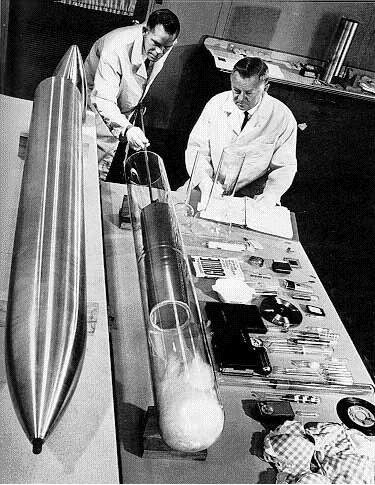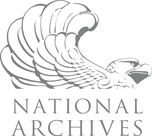 Visualització del contingut web
Visualització del contingut web
Create a Time Capsule Activity

The records (primary sources) we create today will be clues that will inform future generations as to how we lived, and what we experienced today.
CATEGORY:
Research, Current Events, Writing
GRADE LEVEL:
Elementary, Middle and High School
SUGGESTED TIME:
30-60 minutes
SUGGESTED MATERIALS:
Shoebox, or large jar with lid, or large envelope, or some other suitable container
Newspaper clippings, magazine articles, internet articles, pictures, handbills, formerly favorite objects, items that make you smile, etc.
DISCOVERY OBJECTIVES:
To collect, evaluate, curate, and preserve material for a “Time Capsule” designed to inform those in the future of the events of today.
TAG US IN SOCIAL MEDIA:
Post a picture of your work to social media with the hashtag #fdractivities



